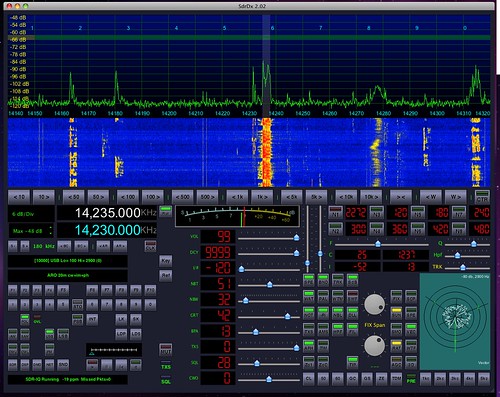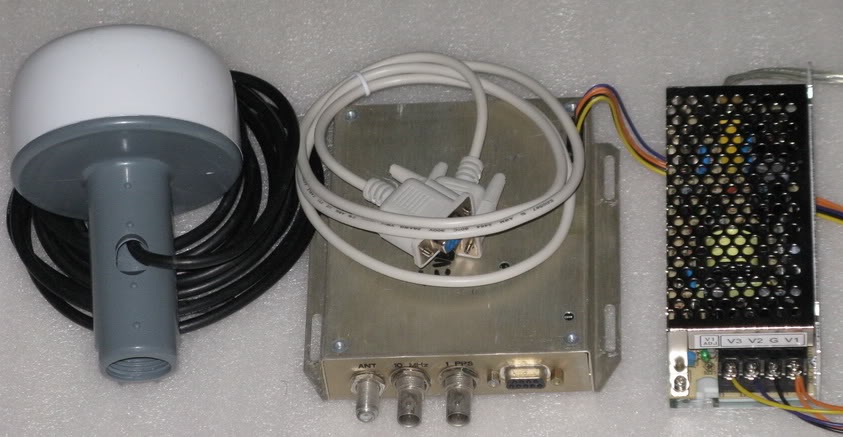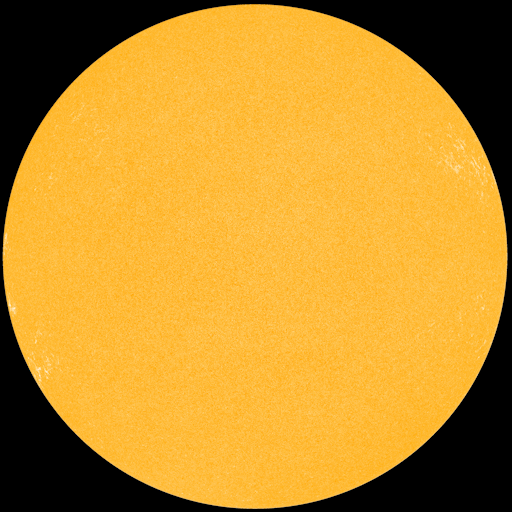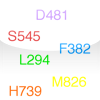Have you run across an odd sounding digital transmission in one of the SWBC bands? Possibly, you heard a DRM transmission. Digital Radio Mondiale (DRM) is a digital audio broadcasting technology that claims to provide FM quality sound over shortwave radio. It uses MPEG-4 codecs.
Here is an example of a DRM signal. This one is Vatican Radio on 17815 kHz at 1610 UTC on May 5, 2012. First, the digital transmission as you would hear it tuned on a regular SW radio: DRM signal
Below is a waterfall showing the DRM signal, between two traditional AM transmissions:

Comparing the transmissions, you can see how easy it is to distinguish a DRM transmission from a regular AM transmission. The signal intensity is pretty much constant over the entire 10 kHz bandwidth, and there is no strong carrier in the center, with the symmetrical sidebands around it.
Below is a zoom into the entire DRM signal:

And here is what the resulting audio sounds like, after being processed by DRM software: DRM audio
For this reception, I used a netSDR receiver with a 635 ft sky loop antenna, running the SdrDx software. SdrDx was set to USB mode with a 10 kHz wide filter, since the DRM transmissions are 10 kHz wide. The output of SdrDx was fed through Soundflower (a virtual sound device) to Dream, which does the DRM decoding.
Below is the main Dream window, showing some basic information about the DRM signal, such as the name of the station, target area, etc. This is all obtained from the DRM signal itself. The audio bitrate is also displayed. There is only one audio channel on this transmission, there could be multiple channels.
The next window shows some detailed information about the DRM transmission, such as the signal to noise ratio, various decoding parameters and settings, a graph of the SNR, etc:
One thing to remember about DRM, it is like most digital transmissions – all or nothing. If the reception quality of the DRM signal is poor, the audio will completely cut out. So when reception is good, you get great audio. When it is poor, you get nothing.
Another point, about Dream itself. It is the poster child of open sores software. There’s no OS X binary on the download site. Download the source code, hunt around for zillions of libraries, compile and link the app (Wait! You’re not a programmer, you just want to use the app? Tough luck, kid). Lather, rinse repeat.
I did find a binary download link for Dream for Mac OS X here. It’s from 2009, but it seems to mostly work.
There is a DRM encoder called Spark. I am not aware of any pirates that have tried using DRM in their transmissions. They’d need a transmitter that can handle very wide (at least 10 kHz) audio in SSB mode. There are some lower quality DRM formats that use 4.5 and 5 kHz wide transmissions, with resulting lower quality audio. It might be an interesting experiment for some of the the more technically minded ops.
A good source for up to date DRM transmission schedules is the Shortwave Broadcast Schedules app, available for both the iPhone/iPad and Android. DRM transmissions are identified with the word DIGITAL in the station name.












